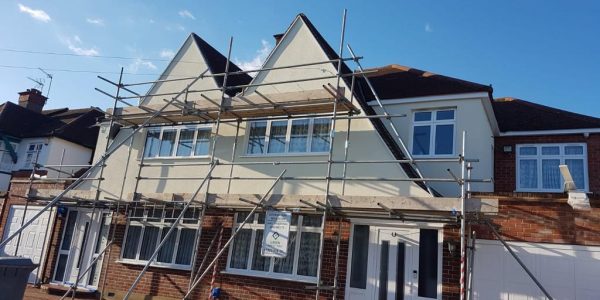Do you know if your house has Solid walls or cavity walls?
If your home was built before the 1920s, it’s likely the external walls are solid walls rather than cavity walls. Solid walls have no gap, so they can’t be filled. While cavity walls are made of two layers with a gap or ‘cavity’ between them.
The term ‘solid’ refers to walls constructed as a single layer with no section within the wall. This means the wall is literally solid from inside to outside. Solid walls are typically made from brick or stone, and are generally found within houses built before the 1930s.
Solid walls let twice as much heat escape as cavity walls. They can be insulated by adding an insulating layer, either on the inside or the outside, to prevent heat escaping through your walls while keeping the cold out. We recommend doing this externally because you will not lose space.
Do you know how is your house built?
In brick-built homes, if a wall is less than 10 inches thick, it’s probably solid. If your home has solid walls, the bricks will have an alternating pattern, with some bricks laid across the wall so you can see the smaller ends from the outside.
The Greenage team has a video on Youtube where they explain it perfectly. You can watch it here

